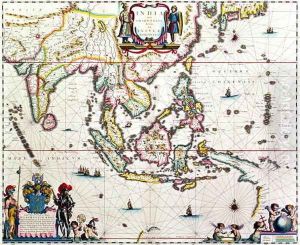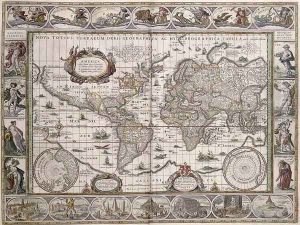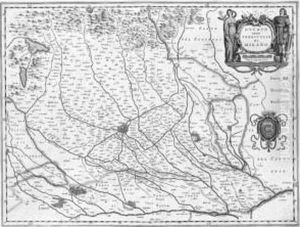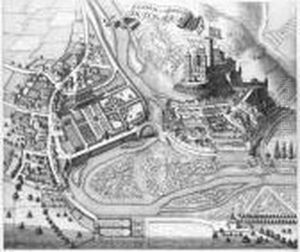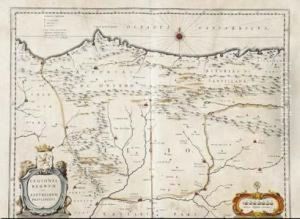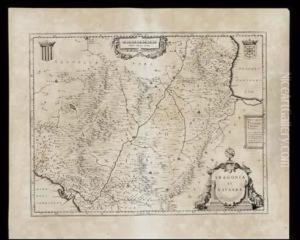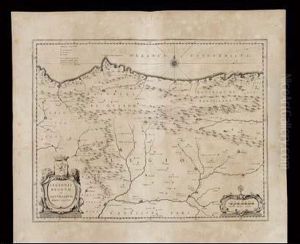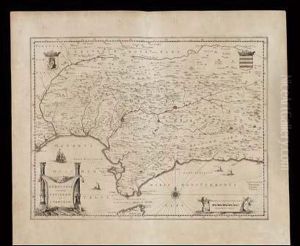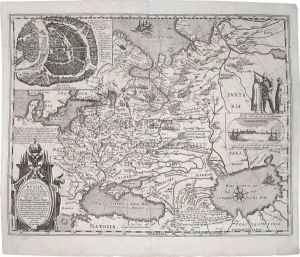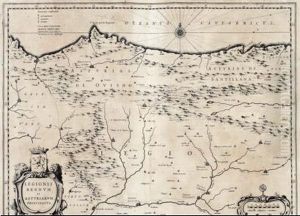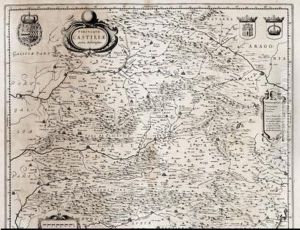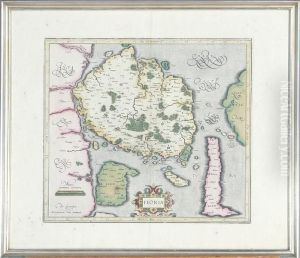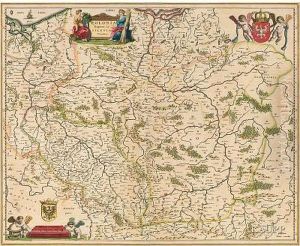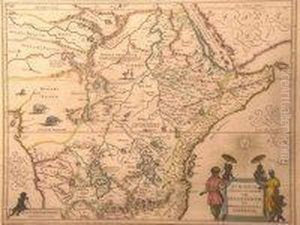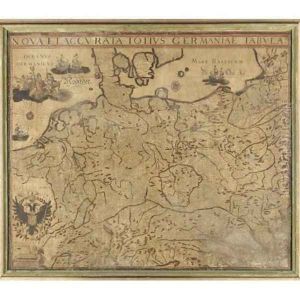Willem Blaeu Paintings
Willem Janszoon Blaeu, born in 1571 in Alkmaar, Netherlands, was a prominent Dutch cartographer, atlas maker, and publisher of the early 17th century. Educated at the University of Leiden, Blaeu initially showed interest in astronomy and navigation, studying under the famous Danish astronomer Tycho Brahe. This foundation in astronomy and navigation would later play a crucial role in his cartographic works. In 1596, Blaeu established his own globe and instrument making business in Amsterdam, which soon expanded into map and book publishing. By 1633, he had been appointed as the official cartographer to the Dutch East India Company (VOC), a position that not only prestigious but also provided him access to the latest geographical knowledge and discoveries, which he incorporated into his maps and globes. Blaeu's most significant contribution to cartography was the publication of the 'Atlas Novus' in the 1630s, a comprehensive world atlas that was expanded by his sons, Johannes and Cornelis, after his death. The atlas was renowned for its high level of detail, accuracy, and artistic embellishment, setting new standards for map quality and becoming a model for future atlases. Willem Blaeu died in Amsterdam in 1638, leaving behind a legacy as one of the most influential figures in the history of cartography. His work laid the groundwork for the Golden Age of Dutch cartography and influenced generations of mapmakers.
